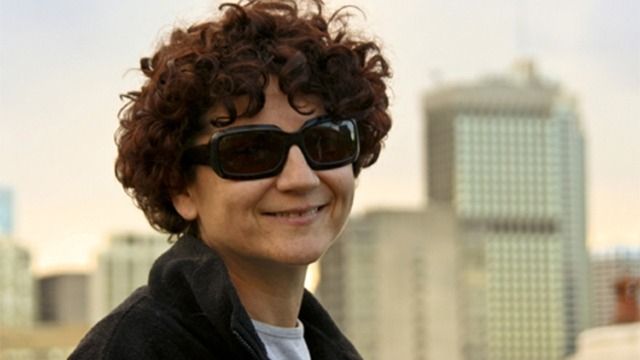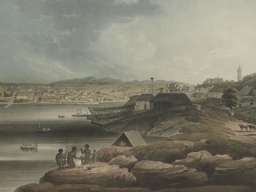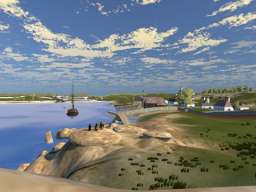Research collaborations generate art in new exhibition

Dr Kit Devine, Lecturer, ANU Photography and Media Arts.
An exhibition showcasing the unique collaborations between artists from the ANU School of Art and Design and other ANU researchers from a wide range of disciplines is now showing.
The exhibition, displaying the results of the Vice-Chancellor's College Artist Fellows Scheme, marks the fifth anniversary of the initiative, which has seen the creation of art inspired by fields including engineering, mathematics, sociology, and biology.
The works have been visually provocative and underwritten by innovative research: from creative representations of Twitter vitriol, a golden snake crown exploring the connections between reptiles and humans, to a four-dimensional representation of plant seeds germinating from embryo to first leaf stage.
This year, the work of 16 current and past Fellows are on display, including that of Photography and Media Arts lecturer Dr Kit Devine and her collaborator Dr Ben Swift, a lecturer in Computer Science.
Dr Devine has created a virtual reality landscape based primarily on an 1804 print of Sydney Cove drawn by E. Dayes and engraved by F. Jukes from an original painting that has since been lost. She was intrigued by the “profoundly phenomenological affect of virtual reality” and the impact this might have on a user.
“Unlike a computer game, with VR, at a gut level, you really feel like you're inside the space that you're looking at,” says Dr Devine.
“I was curious, when it came to heritage visualisation, could it be so realistic that people confuse realism with accuracy?
“If I were to do a three-dimensional recreation of something, people looking at it would know it's a visualisation and it's a best guess. But if people are put into an almost real life visualisation, are they going to think it's more accurate?”
In addition to exploring the authenticity of heritage visualisations, Dr Devine’s project raises questions about the authenticity of artistic representations across time. An individual might assume that a print, such as the Sydney Cove one, is historically accurate because it was created in the distant past. But, as her collaborator Dr Swift says, just as it’s the case in the present, artists in the past would have had motives other than the photorealistic depiction of a scene.
Dr Devine explains this by pointing out some of the elements that are present in her project and in the print it was based on.
“When you look at the print and look at other pictures of the time, all of them have an Aboriginal family in the foreground sitting around a fire,” she says. “So was this Aboriginal family really there, or is it a trope that comes from the 1800s?”
“Similarly, there's a man walking two cows – were they really there? Or was it just a trope to show that the land was bountiful? And there's a boat in the harbour, which could have been commissioned by the sea captain who just asked for his boat to be put in the painting.
“So the historical record itself is not an indication of authenticity and accuracy, in a literal sense,” she concludes.
While the artists of the Sydney Cove print may have taken artistic licence in the creation of their work, Dr Devine has actually done so with hers. In lighting her scene, she had to make assumptions about the time of day and time of year the print depicts. She also threw in a trope of her own, one favoured by filmmakers.
“In computer graphics for film and TV, whenever they do foreign planets or big outside spaces, they'll often put in a flock of birds to give some scale,” Dr Devine explains.
“If you look at Lord of the Rings, King Kong, Avatar, or any of those sorts of films where there's a big sweeping view of the land, you'll probably see a flock of flying things in there. So I'm adding in a flock of cockatoos, which are highly likely to have been there.”
This collaboration has made Dr Swift wonder whether our current suspicion of the authenticity of digital representations will be reset when VR representations – that is, more sensorily immersive experiences – become more prevalent.
“It was really interesting to realise in working with Kit on this project that even these prints weren't trustworthy,” he says.
“Recent trends in digital media – the Photoshop effect, fake news, filter bubbles etc. – mean that the digital realm is now inherently untrustworthy. So I'm really curious as time goes on whether this will affect the way we perceive the digitally-mediated experiences we consume and participate in.
“Will we be inherently suspicious, in the way we now think that every photo online is Photoshopped, or will the increased immersion which comes through advances in VR tech mean that we fall back into uncritical credulity?”
The reception for the 2018 Vice-Chancellor's College Artist Fellows Scheme exhibition reception is on 9 July. The exhibition ends 13 July.

